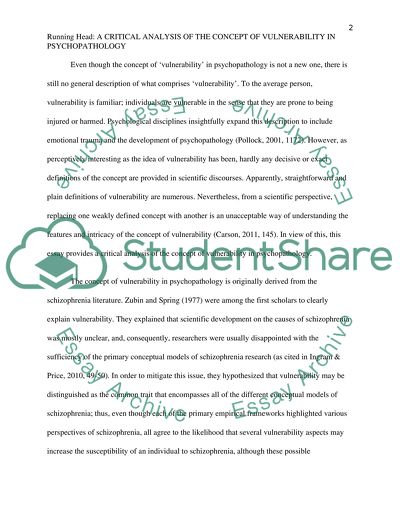Cite this document
(“The concept of vulnerability in psychopathology Term Paper”, n.d.)
Retrieved from https://studentshare.org/psychology/1462367-the-concept-of-vulnerability-in-psychopathology
Retrieved from https://studentshare.org/psychology/1462367-the-concept-of-vulnerability-in-psychopathology
(The Concept of Vulnerability in Psychopathology Term Paper)
https://studentshare.org/psychology/1462367-the-concept-of-vulnerability-in-psychopathology.
https://studentshare.org/psychology/1462367-the-concept-of-vulnerability-in-psychopathology.
“The Concept of Vulnerability in Psychopathology Term Paper”, n.d. https://studentshare.org/psychology/1462367-the-concept-of-vulnerability-in-psychopathology.


